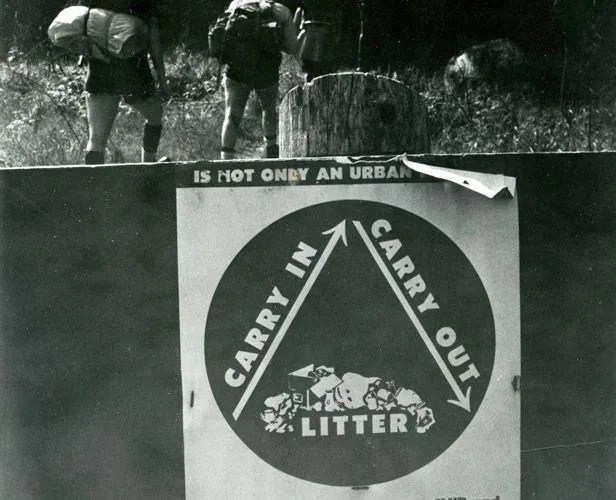The 21st century outdoorsman is yoked with a quandary his father and grandfather never had to wrestle: There were some 12 billion outdoor visits last year in the Unites States alone, a number that continues to grow. As more people make their way into the wild areas of our country, the cumulative effects also grow, increasing the chances that the native flora and fauna will be impacted or displaced. The popularity of the American wilderness risks ruining it.

Ben Lawhon, Education Director for the Leave No Trace Center for Outdoor Ethics (“The Center” for short), believes that preserving our natural resources is as simple as being conscious of the little things and how they add up to become significant over time.
“If we can get people to just think about their impact, they’re going to make better decisions”, he said.
According to Lawhon, Leave No Trace — that simple rule we learned as kids from science teachers and Scout masters who would make the rounds on field trips with plastic bags, collecting our banana peels and apple cores — is about action. As a framework for making good decisions while enjoying our wild spaces, Leave No Trace helps outdoorsmen and women be better prepared and more aware of how to enjoy nature while ensuring their actions protect it for the next generation. LNT’s focus is simple: Be aware of your impact, and make an effort, no matter how small, to keep it as small as possible.
Leave No Trace’s Seven Backcountry Principles:
Plan Ahead and Prepare: Poorly prepared hikers and campers, when presented with unexpected situations, often resort to high-impact solutions that degrade the outdoors or put themselves at risk. Proper planning leads to less impact.

